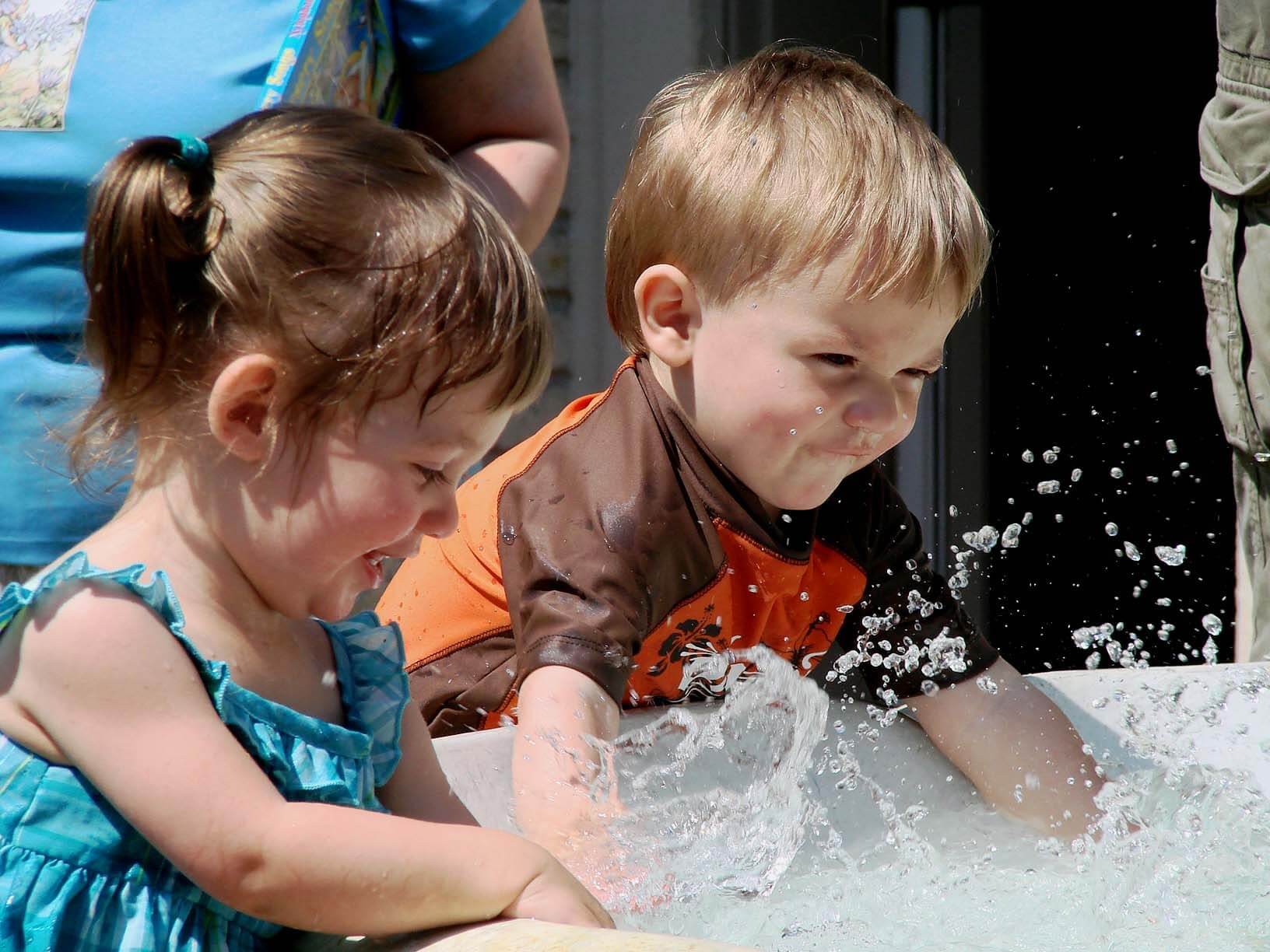Incorporating Natural Elements into Your Garden Playscape

In a world where tablets and electronic gadgets are quickly becoming more popular amongst children than outdoor play, garden playscapes are a wonderful alternative. A playscape is an area that has been specifically designed to facilitate free play for children. Instead of featuring equipment such as slides or swings, playscapes make use the area’s natural surroundings. They can include grassy mounds, rocks, trees, pathways and shelters.
The aim is to encourage children to play in a more imaginative way and to interact with their settings. They’re also great for teaching children about recycling and caring for the environment, as many of the materials are often upcycled or come from natural sources. This has the added benefit of making garden playscapes very affordable. Here are some suggestions from us at Garden Play for what to include in your own garden playscape.
-
Recycled objects
Recycled objects, such as old tires (for swings), planks of woods (for walkways), rope (for climbing nets) or corrugated metal (for tunnels) are perfect materials for activities in a garden playscape. Wood is one of the best materials for constructing items for your garden playscape because it can be easily shaped and is robust to endure all year. Wood can be used for anything if you think creatively enough –stepping stones, a platform, or a treehouse.

-
Rocks and pebbles
There’s endless opportunities for these natural elements to be incorporated in to play. Large rocks and pebbles can be found easily if you look in the right places. They look great when used to decorate a garden playscape and they cost nothing. Smaller pebbles can also be scattered all over the playscape to give children a more authentic feel and teach them more about the earth. Pebbles of different sizes and shapes allow children to collect, count and store.
-
Sand
Sand is one of the best forms of sensory play, and it can keep children entertained for hours at a time. Sand can be spread across the floor of the playscape or contained in a separate play unit. Children love to experiment with sand, using water to make ‘mud’ and change its texture and density. You can include tools such as spades, containers and rakes in the playscape, so that children can mould and shape the sand as they wish.

-
Water
Water features add real beauty to playscapes, and they’re very exciting for children to play with too. Just like sand play, using water and various ‘tools’ can teach children about basic scientific principles as they explore its properties and measure various volumes. Water play also boosts physical development, as children work their muscles by carrying the water around in containers as they play. Water play also stretches the imagination, as children are prompted to conjure up stories and scenarios during games that involve water play.
-
Plants
Lastly, no garden playscape is complete without plants. Plants will really bring the place to life and provide the children with a sense of escape, even in a busy urban setting. You should be sure to choose plants and flowers that stimulate all of the senses. Opt for vibrant colours, interesting smells, unusual textures, and plants or grasses that make distinctive sounds when the wind rustles through them.
Together, all of these elements will work to create an inviting area for play that children cannot resist. Remember that playscapes are all about developing your child’s sense of adventure. The design of the playscape should prompt children to leave their comfort zone, with activities that they might initially see as challenging or risky, before then overcoming their fears. Garden playscapes with natural elements promote recycling and environmental respect, while giving the children a wonderful place to make memories.
